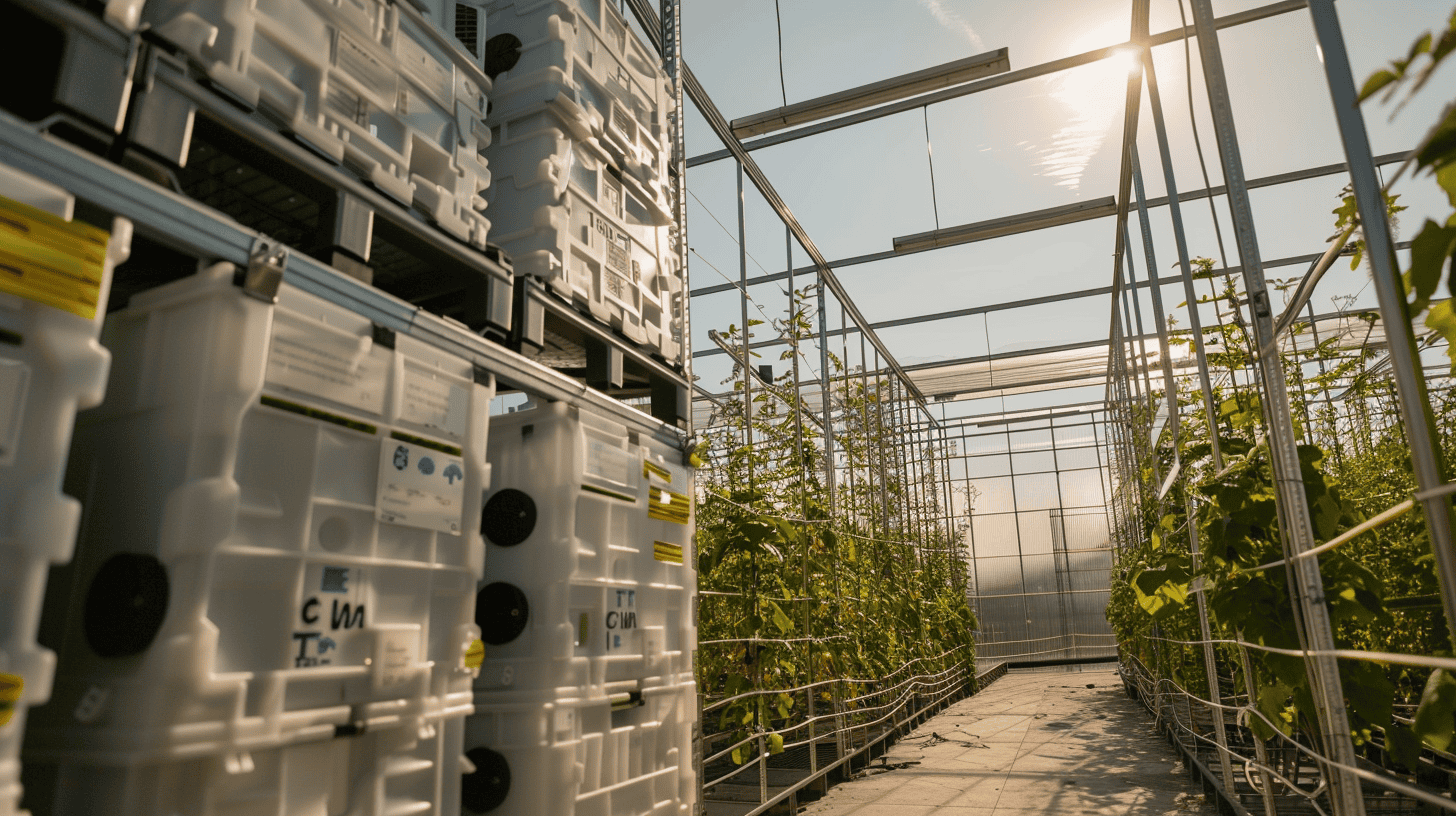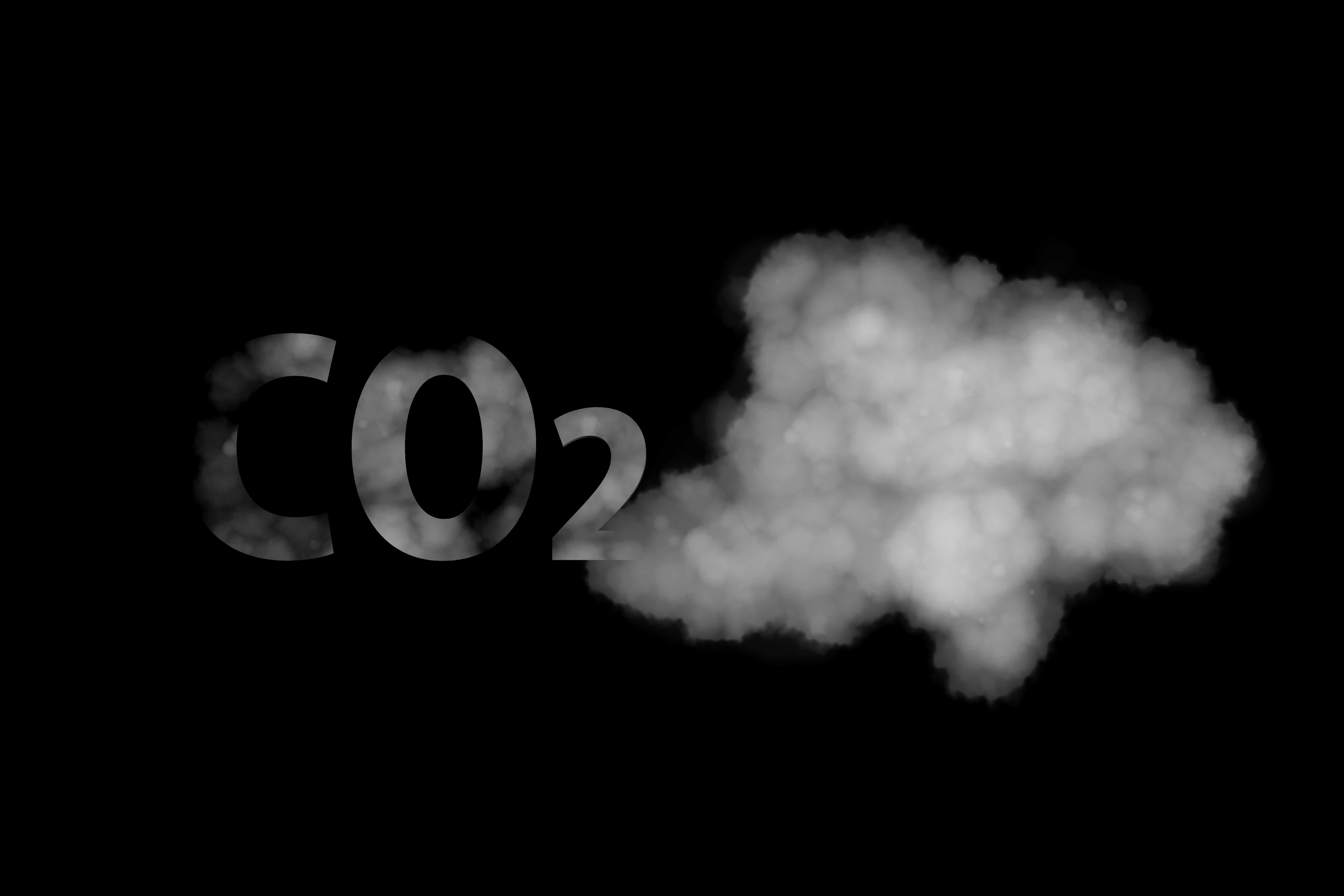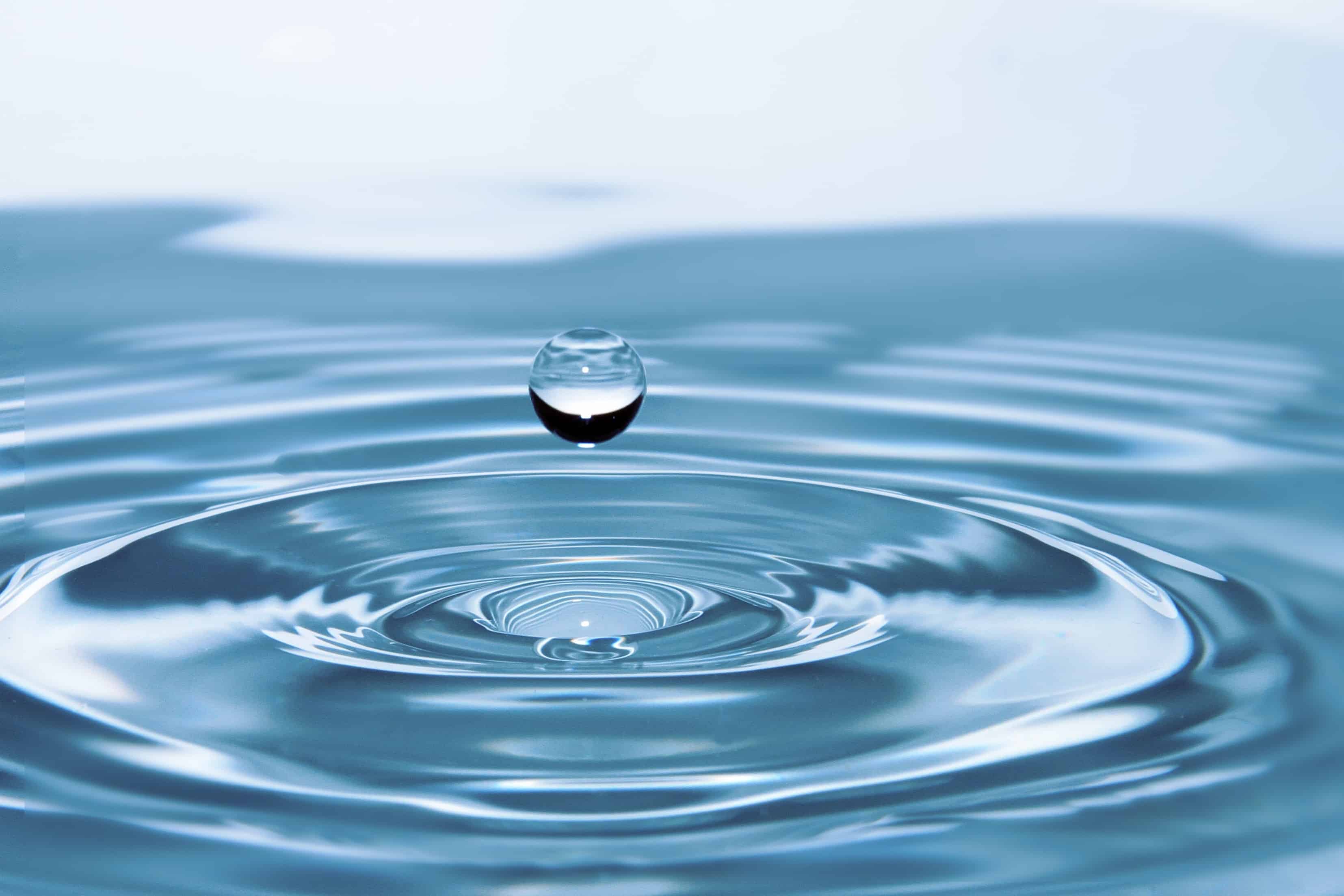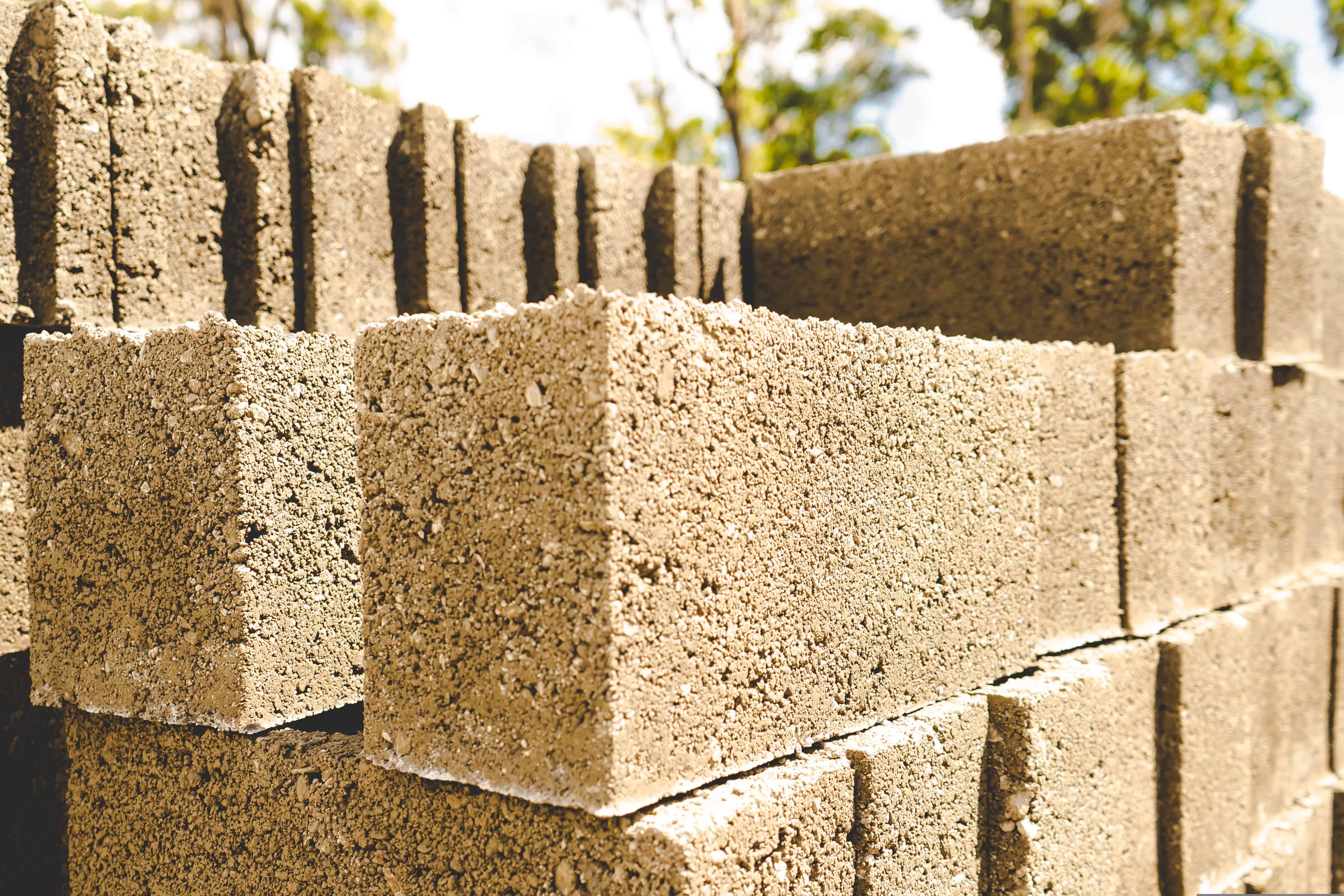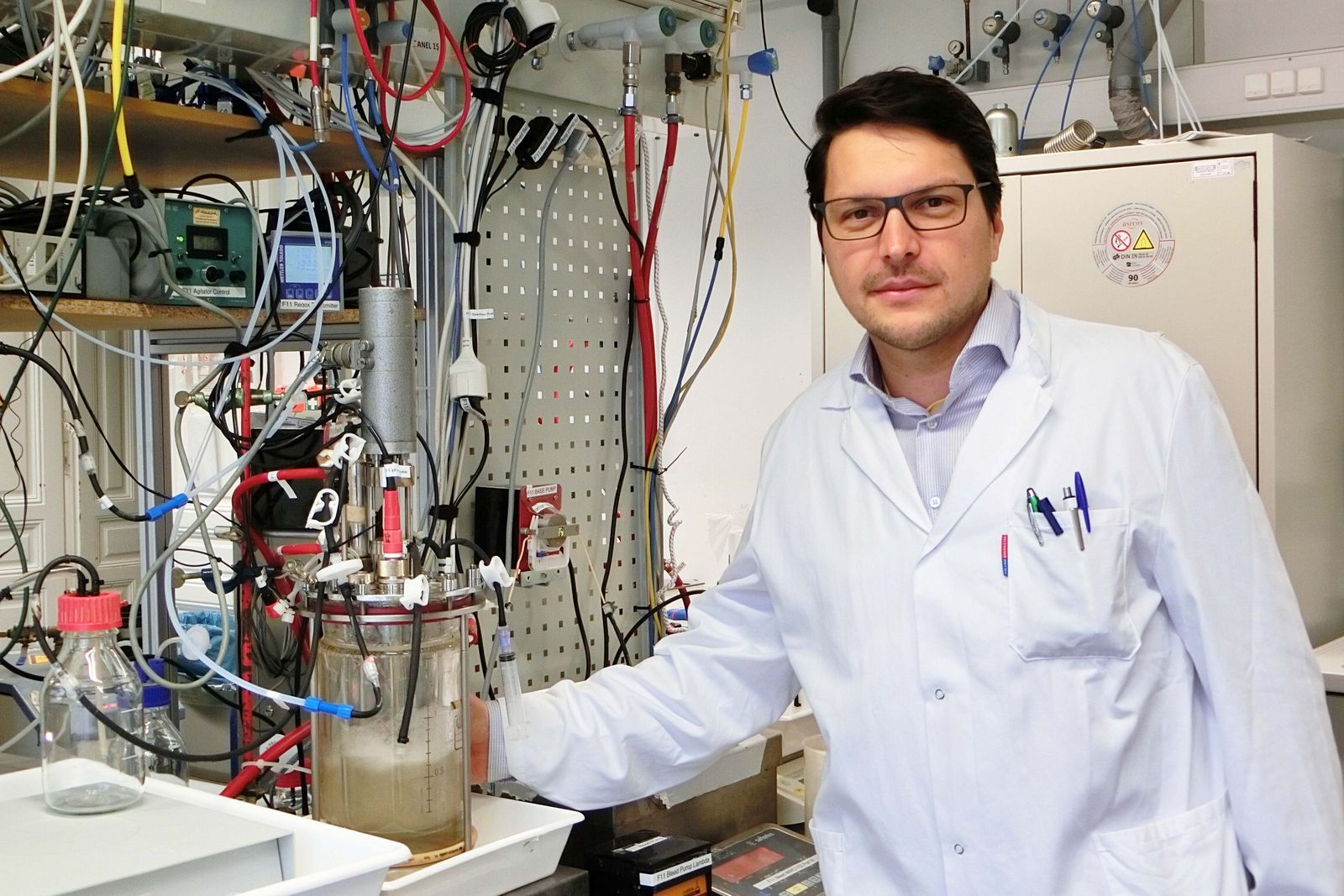
Carbon dioxide is a naturally occurring trace gas in the Earth’s atmosphere and plays a crucial role in the Earth’s climate. Its concentration has been increasing dramatically since the beginning of industrialization, particularly due to the burning of fossil fuels. As a result, the Earth is warming more than is beneficial to plant and animal life. To limit global warming to +1.5° C by 2050 compared to the pre-industrial era, it is not enough to merely reduce CO2 emissions. According to the Intergovernmental Panel on Climate Change, CO2 must also be actively removed from the atmosphere. Acetogenic bacteria could accomplish this, while at the same time producing CO2-based raw materials.
CO2-based technologies
Plants, algae and some bacteria and archaea convert CO2 into biomass by fixation or carbon dioxide assimilation. This process has inspired research, since technologies based on CO2 as a raw material could put carbon back into the cycle by replacing petroleum-based materials like fuel or plastics with more sustainable alternatives. “Not only would this be in the spirit of the bioeconomy, but CO2 and carbon monoxide produced during the combustion of fuel or plastics could be reconverted back to the original product,” says Dr. Stefan Pflügl of the Institute of Process Engineering, Environmental Engineering and Technical Biosciences at the Vienna University of Technology, Austria. He and his team want to use acetogenic bacteria to convert CO2 from the air into plastic and fuel.
Climate-neutral approach
Recycling CO2 requires metabolizing it, the subject of a recent study the team published in the journal Metabolic Engineering. There they describe how different substrates affect the metabolism of the acetogenic bacterium A. woodii. They also explain how the bacterium can be genetically engineered to produce substances to create a comprehensive circular economy for the greenhouse gas CO2.
Also interesting: Sugar-deprived bacteria provide CO2-neutral fuel source
There are countless ways to recycle CO2, but they all require energy. The technology is only sustainable if the energy required is also sustainable, says Pflügl. His model is based on a carbon-neutral approach that first extracts CO2 from the air and then uses renewable energy to convert it into salts and esters (formate). Formate is a compound of carbon, oxygen and hydrogen that can be easily transported and flexibly used to produce chemicals and fuels. With these properties, formate could become a basic building block of the bioeconomy, the researchers say.
CO2 utilization options are myriad, but energy is needed in each case. The technology is only sustainable if the energy required is also sustainable.
Dr. Stefan Pflügl, Institute for Process Engineering, Environmental Engineering and Technical Biosciences at the Vienna University of Technology, Austria
Acetogenic bacteria
CO2 can only be metabolized in the form of formate – using acetogenic bacteria. This is a very special type of bacteria that feed on carbon compounds and produces acetic acid from them. Specifically, the researchers studied the acetobacterium woodii (A. woodii), which is already used to convert formate into acetic acid. They used the already well-researched model organism to find out how exactly formate can be utilized by A. woodii. To do this, they conducted a comparative observation and analyzed the effect of different substrates on the metabolism of A. woodii. In addition to formate, substrates such as hydrogen, carbon monoxide, carbon dioxide, and fructose were tested.
Oldest metabolic pathway
The biggest difference revealed in the metabolism of the different substrates was the amount of energy that A. woodii could obtain from them. Pflügl explains it this way: “Acetogens are true survival artists that can also metabolize substrates such as CO, CO2 or formate. This is because acetogens use what is probably the oldest metabolic pathway for CO2 fixation. This also allows them to generate enough energy to survive under extreme conditions and from alternative food sources.”
Thus, acetogens are not only capable of utilizing CO2, they also do so very efficiently. This means that little energy must be expended to convert CO2 into formate, which is then further converted into the base chemical acetic acid.
Genetic modification
Based on these experimental data, the researchers investigated how the bacterium could be genetically modified to produce ethanol or lactic acid instead of acetic acid, since these substances could be used to produce a comprehensive recycling economy for the greenhouse gas CO2. Lactic acid could be used to produce biodegradable plastic and ethanol to produce fuel.
Lactic acid is produced by fermentation, purified from the liquid mixture and then converted to polylactic acid (PLA). PLA has similar properties to the currently dominant plastics polystyrene, polypropylene and polyethylene, but PLA has a number of advantages. For one, it allows for reduced printing temperatures in 3D printing. It also extends the shelf life of packaged fresh vegetables. PLA could also be used in the biomedical field to produce items such as stents, plates, screws, et cetera.
Extracting CO2 from the air
There are various technologies for extracting CO2 from the air, all of which use air intake. The separation of CO2 from the air can then take place either via an adsorption-desorption process or by streaming it onto plastic surfaces. These surfaces are also flooded with potassium hydroxide to ultimately convert CO2 into carbonate salts. The latter method is used by the Canadian firm Carbon Engineering.
Highly selective filter material
A prominent example of an adsorption-desorption process is provided by the Swiss institute Climeworks. It uses CO2 collectors with a highly selective filter material to selectively capture carbon dioxide in a two-stage process, whereby a fan draws air into the collector, capturing carbon dioxide on the filter material surface. Once the filter material is filled with carbon dioxide, the collector is closed and the temperature raised to 80 to 100° C. This releases the carbon dioxide which is then captured in a very pure, highly concentrated form.
Also of interest: Increasing CO2 emissions due to growing use of plastic
Publication:
Neuendorf, C. S., Vignolle, G. A., Derntl, C., Tomin, T., Novak, K., Mach, R. L., … & Pflügl, S. (2021). A quantitative metabolic analysis reveals Acetobacterium woodii as a flexible and robust host for formate-based bioproduction. Metabolic Engineering, 68, 68-85.



